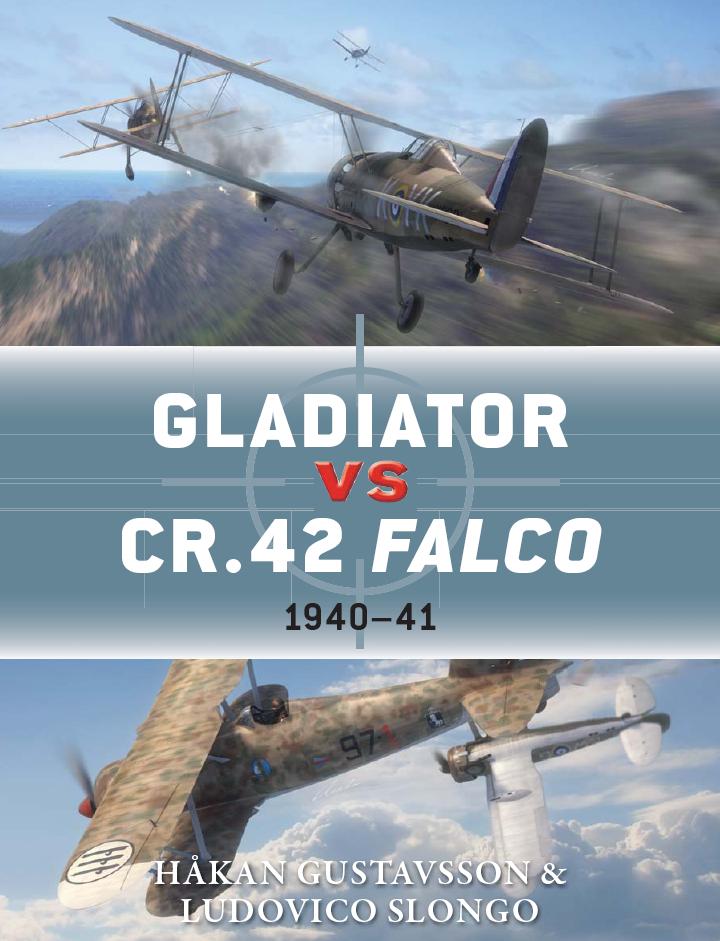Gladiator vs. CR. 42 Falco (1940-41)
Osprey Publishing continues to expand the Duel Series with the 47th installment of this collection, Gladiator vs. CR.42 Falco. This book has the typical sections of the previous books in the series – i.e., Development, Strategic Situation, Combat, Statistics, and Analysis and Aftermath.
The book is well written and incredibly well researched. The main adversaries fought each other in what some historians would consider secondary theaters of war. However, those theaters expanded from sand dunes of North Africa and the Mediterranean to the green fields of Eastern Africa and into the Middle East and Iraq, certainly an area much larger of than the main theatre of operations of WWII.
The authors delved into the RAF and Regia Aeronautica doctrine of the pre-war years to understand the tactics and techniques employed by their pilots. For instance, the Spanish Civil War battle-hardened pilot of the Regia Aeronautica were using the 2-airplane element as the basic combat element, while the RAF was still using the “Vic” at the beginning of the war. At the same time, the RAF had a better system to share lessons-learned among their pilots – even across different theatres of war – and as such any experience learned anywhere was promptly disseminated among their pilots. Gladiator pilots could benefit from the experiences and shortcomings of their enemy, learned by units in different areas, while their adversaries could not.
The Combat chapter covers the different areas were the airplanes fought each other: North Africa, Eastern Africa, Malta (although there were few encounters of both types over the island), Greece, and Iraq. Of particular interest is the Greece subsection, as it briefly covers the experience of the Greek pilots flying Gladiators under a different training and doctrine system than their RAF counterparts.
The Statistics and Analysis chapter shows that the Duel was a very close and hard- fought contest. Probably the Gladiator was the victor due to some tactical advantages like radio communication – which allowed for better coordination – and slightly better firepower.
The book is profusely illustrated with black and white pictures and includes some color artwork. Of particular interest is a black and white picture of a CR.42 in Iraqi markings, taken in Rhodes, when the airplane was in transit there. It is claimed to be the only known picture of a CR. 42 in Iraqi markings.
It’s highly recommended to aviation history aficionados and aircraft modelers, as the number of pictures will certainly help you in researching your next model camouflage pattern (see included sample pages).
I would like to thank Osprey Publishing and IPMS/USA for the review sample.




Comments
Add new comment
This site is protected by reCAPTCHA and the Google Privacy Policy and Terms of Service apply.
Similar Reviews